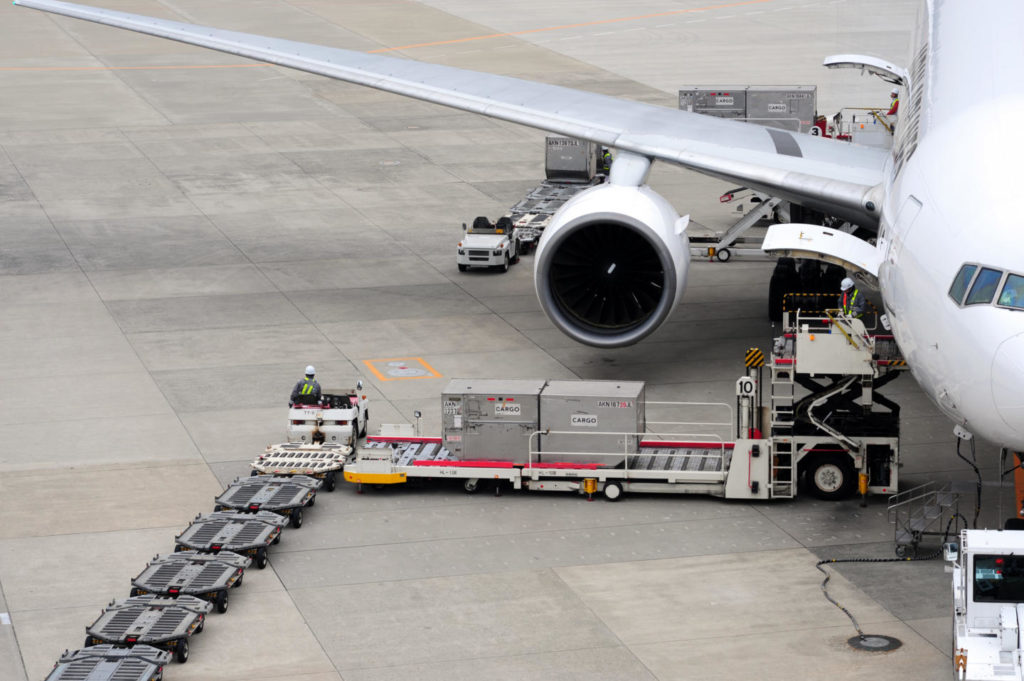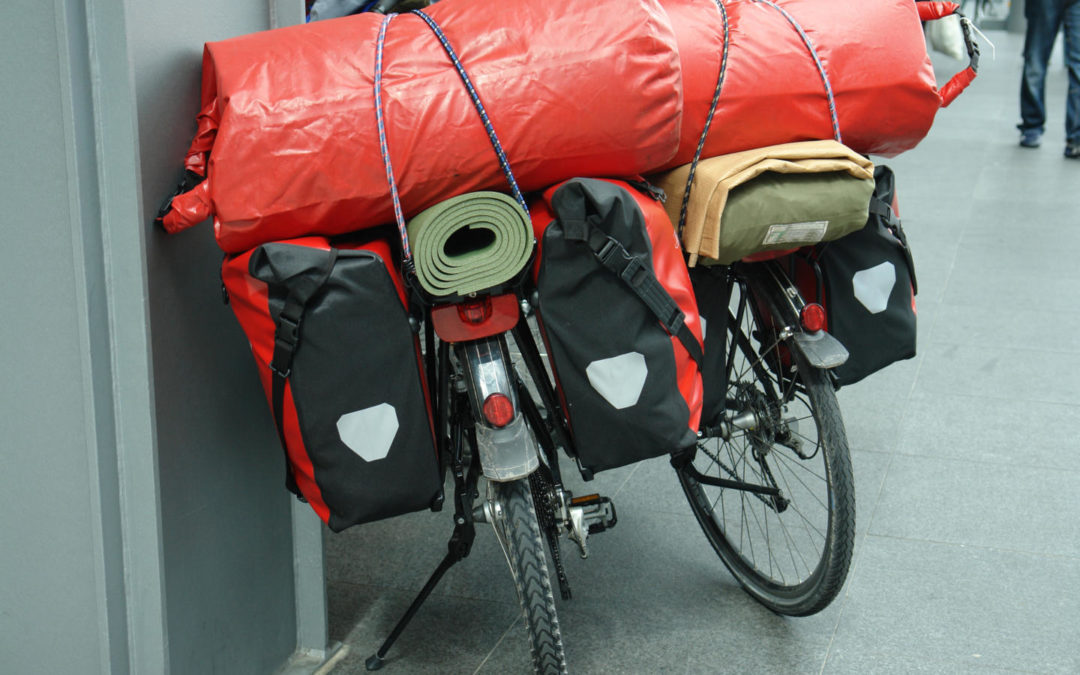Every world exploring bike traveller who wants to visit far-away destinations overseas or doesn’t want to undertake the journey to the chosen destination by bike due to time constraints will at some point depend on planes as a means of transport for his bike. However, there are a few things to consider in order to make sure that the bike comes out of the journey unscathed.
Booking and transport regulations
It’s best to check right when booking whether you can take your bike with you – if the answer is yes, you should also register your bike straight away. Your bike should be registered not later than a few days before your departure: if you try to register your bike at the check-in, the airline can refuse to transport your bike or order you to pay an additional fee. Bring a print-out of the current transport regulations with you to shorten potential discussions with the ground personnel.
Many airlines treat bicycles as special luggage, while others add the bike’s weight to the passenger’s baggage allowance, which, if exceeded, leads to further costs for you. Comparing the transport regulations of several airlines before booking is very helpful when it comes to saving money.
Tip: If you change airlines when taking connecting flights, you should know the transport regulations of both airlines.
Packaging
When packaging your bike, there are two options:
- Pack up your bike as lightly as possible so that it still looks like a bicycle and is treated accordingly
- Pack up your bike as much as possible to protect it from potential damage

Depending on which option you take, you can choose between the following methods:
🚲 Leave your bike unpacked except for delicate parts – e.g. put spokes and handlebars in cardboard boxes and tape the gearshift down
🚲 Get plastic wrap at the airport to wrap your bike in – however, your bike won’t be rollable afterwards
🚲 Cardboard bike boxes – they can be bought in bike shops, but are cumbersome to transport. Pro tip: Other luggage like small bags, sleeping bag etc. can also be put into the cardboard box, so make use of the space
🚲 Soft bike travel bag – made out of tear-resistant and water-repelling material. The bag needs to be assembled as there are straps and struts inside that hold the dismantled bike into place
🚲 Hard shell bike box or bike case – the safest, but also the most expensive option and very bulky
5 additional tips & tricks
1️⃣ Check in sufficiently early as it will likely be you yourself who has to take your bike to the counter for oversized baggage
2️⃣ Take out an additional baggage insurance as airlines rarely insure bikes and transporting a bike by plane always carries a certain risk of damage for the bike
3️⃣ Write your name and adress on a tag and put it on your bike while packaging it
4️⃣ Deflate the tires (about 50%) and take off loose parts (saddle bag, bike computer, bottle cage etc.), saddle, pedals and derailleur. Turn the handlebars about 90°
5️⃣ Be prepared to wait for your bike after landing, as it will likely be the last piece of luggage to be unloaded
Have you ever taken your bike on a plane? ✈️
Share your experiences in the comments with us! 🚲
- The Top 5 Cycling Destinations in 2020 - January 14, 2020
- Your First Long Bike Ride – 200km and More - January 11, 2020
- 4.5M – The World’s Largest Cycling Route Collection - November 21, 2019
Author Profile
- Hannah ist begeisterte City-Bikerin und Geographiestudentin. Sie genießt es, bei der Recherche von neuen Radregionen und Themen für den Blog immer wieder etwas Neues zu lernen.








